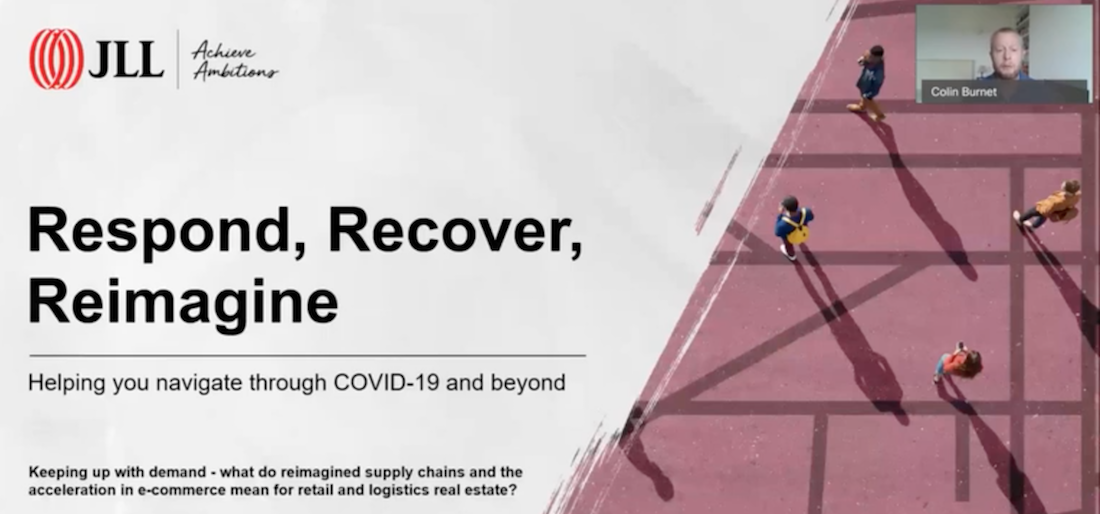
In the commercial sector, especially in England, retail has lost more and more value in the past ten years while the logistics and e-commerce have grown at a high rate, another phenomenon accelerated by the corona virus crisis. In the webinar organized by JLL “Keeping up with demand – what do reimagined supply chains and the acceleration in e-commerce mean for retail and logistics real estate?“, Included among our WOWbinar column, several experts of the company have tried to draw the lines for the future of this sector of the RE.
“The corona virus has definitely changed our mentality for what concerns rethinking everything with a greater sense of purpose, challenging us in choosing which type of recovery we want to be part of” with these words Katy Kopec, director of JLL’s Strategic Development Consulting, introduced the webinar “Keeping up with demand – what do reimagined supply chains and the acceleration in e-commerce mean for retail and logistics real estate?”.
If the purpose of the webinar was to reflect on the future relationship between the retail and logistics sector, the keywords were certainly: hybridization and reprogramming.
Analyzing the London situation of the last 10 years, if the retail trade has tried to face the market structural change by introducing concepts like leisure and user and brand experience in the stores, today this is no longer enough.
The question “What is the purpose of physical stores?” – especially during the pandemic where e-commerce was the preferred way of purchase – turned into a more critical one: “Will the logistics sector eat the physical store? “

From the debate, which has involved several JLL internal experts (Colin Burnet, Paul Marshall, Tessa English and Ashley Smart), several factors have emerged:
- The peculiarity of the central areas of the cities, with special mobility policies, where the agile and punctual delivery method of the “riders” is becoming the benchmark. In these areas, retailers can play a key role also from the point of view of logistics and e-commerce.
- Environmental sustainability will be at the center of the policies of the coming years.
- Shopping is still lived as a social gathering moment, and the presence of physical stores is still recognized as an important element for residential areas’ appeal.
- The impact of tourism in some areas makes the presence of physical stores essential.
- The structural defects that still affect e-commerce. An example is the issue of returns which are critical both for what concerns the logistics organization and in the psychology of the purchase.
Considering these points, how to move towards the future then?
An interesting example is Decathlon in central Singapore: to meet the need of hybridization of the commercial sector we have talked about, the company divided the 50,000 sqm space into two parts, leaving one part for retail and transforming the other one in a micro-fulfilment centre, an almost completely robotic centre used for processing orders received online: an “Amazon model“, but for specific activities and in smaller spaces. This allowed the company to have a delivery system that quickly covered (in less than 2 hours time), a complex area such as the Singapore city centre.
In addition, companies such as Swisslog are increasingly dealing with this process of making stores key points for logistics, accompanying retailers towards hybrid solutions and automation, making stores, for instance, important places to solve the problems of returns we have discussed at point 5.
Finally, it is essential today to insert the concept of retail in a more general perspective of the sustainability of the specific area where the store is located: urban planning, psychology, automation and economic value are and will be the main axes of that interaction between retail and logistics around which it will be necessary to find the right balance.
Text by Gabriele Masi.

















